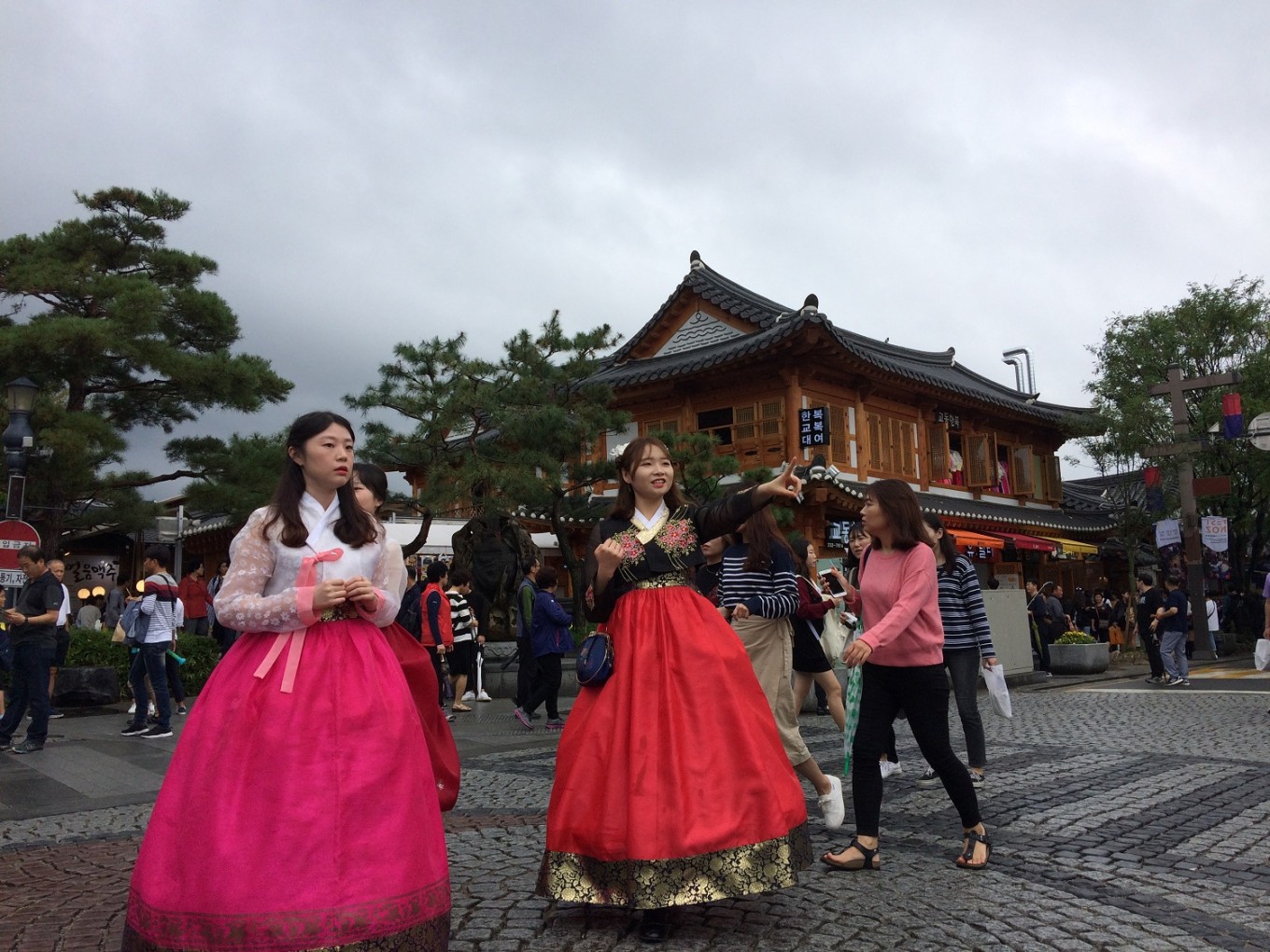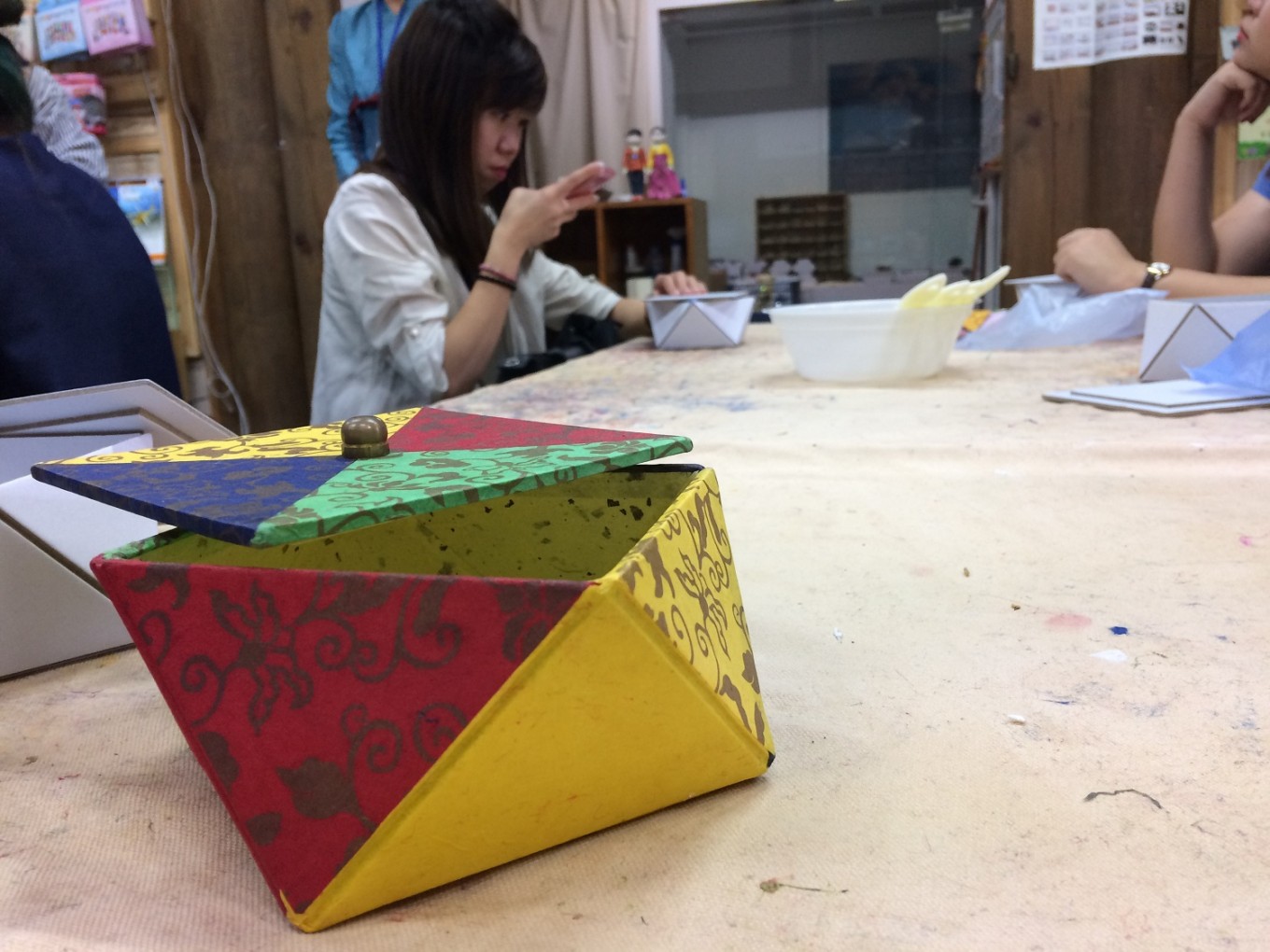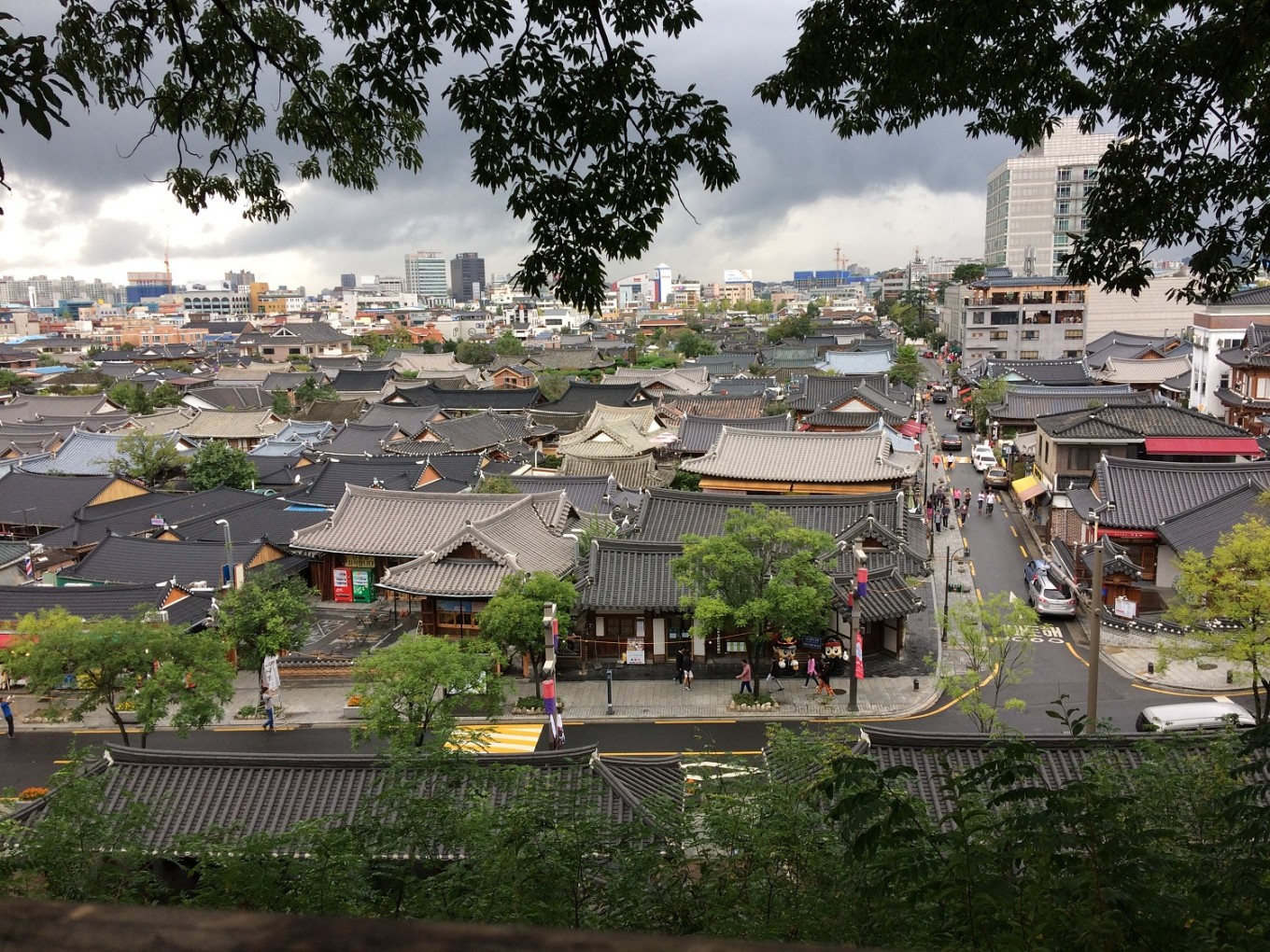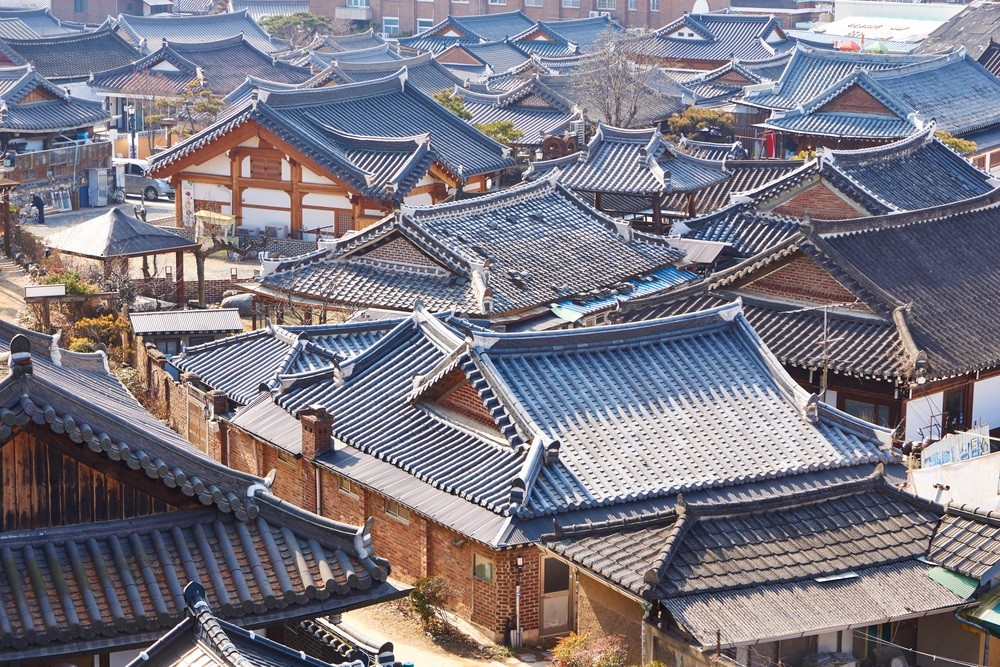Popular Reads
Top Results
Can't find what you're looking for?
View all search resultsPopular Reads
Top Results
Can't find what you're looking for?
View all search resultsWalking down traditional Korean lanes in Jeonju
Seoul offers a complete package for tourists as both traditional and modern culture stand side by side. However, those interested in exploring more of South Korean culture should consider visiting neighboring cities that have their own unique stories and parts in defining what the country of ginseng truly is.
Change text size
Gift Premium Articles
to Anyone
S
eoul offers a complete package for tourists as both traditional and modern culture stand side by side. However, those interested in exploring more of South Korean culture should consider visiting neighboring cities that have their own unique stories and parts in defining what the country of ginseng truly is.
One of the most unique places to visit near Seoul is the Jeonju Hanok traditional village, situated in the middle of the capital of North Jeolla province, only three hours by bus from Seoul.
Entering the compound, The Jakarta Post and other invitees of the Korean Tourism Organization (KTO) Jakarta started by walking uphill to see the landscape of the traditional village from afar, on an early morning in autumn.
“We have around 800 traditional houses,” local guide Song Eun Jeong explained while we walked along a small wooden path and took pictures of the village.
 Young women wear modernized hanbok (traditional attire) while strolling in Jeonju Hanok Village, South Korea.(JP/Corry Elyda)
Young women wear modernized hanbok (traditional attire) while strolling in Jeonju Hanok Village, South Korea.(JP/Corry Elyda)
Just like the traditional Bokchon Hanok Village in Seoul, the one in Jeonju is also well-preserved and well-accommodated for tourists. However, unlike Bukchon, which is cramped among modern buildings, hanok (traditional houses) in Jeonju still feel spacious and filled with nuances.
Hanok was indeed fascinating, especially from an architectural point of view. Its giwa (tiled) roofs with edges pointing to the sky and heating utilizing the ondol (heated rock) system in the buildings made it unique.
Song explained that the houses had existed for hundreds of years. “The history of Jeonju started 1,000 years ago,” she said, adding that most of the houses belonged to noble or scholarly families.
(Read also: Iconic K-drama filming locations to visit in South Korea)
 Visitors admire their jewelry boxes, handmade from paper, at a hanji (paper craft) workshop in Jeonju Hanok.(JP/Corry Elyda)
Visitors admire their jewelry boxes, handmade from paper, at a hanji (paper craft) workshop in Jeonju Hanok.(JP/Corry Elyda)
Looking at the houses, which are not only well-preserved but have also been turned into galleries, workshops, restaurants and guesthouses, I understood that Jeonju did a good job in preserving its history as well as keeping traditions alive.
“Tourists can even experience the traditional way of life here by staying at a hanok guesthouse. Unfortunately, we could not book the rooms as it is peak season,” Song said.
After waiting for the rain to stop that morning, Song organized for us to try hanji (traditional paper craft). While some members of the group made mirrors, I chose a pentagonal jewelry box. Our task was actually quite simple: attaching colorful paper to a box. However, it took me almost an hour, as Korean handicrafts are famous for their meticulousness while my work was sloppy.
At only KRW 10,000 (US$8.80), the class was quite worthwhile, especially for those unfamiliar with Korean culture. The workshop offers many other handicraft options, including fans, key chains and toys.
 Bibimbap is a Korean mixed rice dish.(JP/Corry Elyda)
Bibimbap is a Korean mixed rice dish.(JP/Corry Elyda)
“I will bring you to a more challenging experience: wearing a hanbok,” Song said excitedly after we put the products of our hard work into plastic bags as souvenirs.
Wearing hanbok, Korean traditional attire, seemed like a must-do when visiting Jeonju Hanok. As we strolled to the hanbok rental store, I saw many visitors, especially young girls, wearing them.
Song said hanbok style changed in the 19th century and continued evolving according to each era. “Unfortunately, not many people wear it anymore, not even on special occasions like the New Year,” she said. However, she added, many young people loved wearing hanbok when visiting traditional houses or palaces to do photo shoots.
Renting a hanbok ranged from KRW 20,000 to KRW 30,000 for three hours, depending on the style of hanbok we chose. “The modern one is more expensive,” Song said while helping us look for the right color to suit our complexions.
Korean people appear to love color as it is represented in many aspects of life: houses, clothes and even food. “They are more than colors; they symbolize harmony,” Song explained.
(Read also: Where to go in South Korea for a summer vacation)
 Jeonju Hanok Village has 800 well-preserved traditional houses.(JP/Corry Elyda)
Jeonju Hanok Village has 800 well-preserved traditional houses.(JP/Corry Elyda)
While trying to walk fast and act like a noble lady afraid of getting her skirt dirty, I followed Song to Gyeonggi Shrine, the heart of Jeonju Hanok Village. “The shrine houses the portrait of King Tae-jo, the founder of Joseon Dynasty,” she said.
The Joseon Dynasty was founded in 1392 and ruled Korea for more than 500 years. The dynasty presided over two periods of great cultural growth. It created distinctive elements of Korean culture, including tea ceremonies, gardens and extensive historic works.
The shrine is situated in a vast building compound with a spacious courtyard. It has several buildings with specific functions like a granary, kitchen and warehouse; it even has a Confucian bamboo garden.
“It's a favorite spot for taking pictures,” Song said, letting us take our time for selfies. Meanwhile, many couples wearing hanbok had brought their own cameras and tripods to take prewedding photos.
As the sun set, we explored the streets and alleys of the village while munching on ojingeo (deep fried giant squid). Finally, we wrapped up our experience of Korean traditions in Jeonju that day by tasting its signature bibimbap, the dish that earned Jeonju the title of a creative city for gastronomy from UNESCO. (kes)







